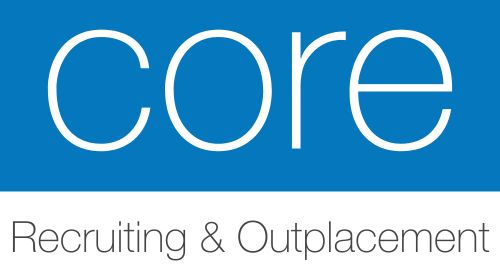
Ipamorelin Vs MK 677: Growth Hormone Peptides Comparison
FollowOverview
-
Founded Date October 21, 2023
-
Sectors Media
Company Description
Comparing Tesamorelin And Sermorelin: A Detailed Overview
Comparing Tesamorelin And Sermorelin: A Detailed Overview
Comparing Tesamorelin and Sermorelin: A Detailed Overview
The landscape of peptide-based therapies for growth hormone deficiency and related conditions has expanded significantly over the past decade. Two agents that frequently appear in clinical discussions are tesamorelin and sermorelin. Although both belong to the class of growth hormone-releasing hormones (GHRHs), they differ markedly in their structure, pharmacokinetics, approved indications, and therapeutic outcomes. This article delves into each drug’s characteristics, outlines their comparative profiles, and highlights practical considerations for clinicians when selecting between them.
Tesamorelin vs Sermorelin
The core distinction lies in purpose: tesamorelin is licensed primarily to reduce excess abdominal fat in HIV-associated lipodystrophy, whereas sermorelin serves as a diagnostic tool or therapy for growth hormone deficiency in adults and children. Their molecular designs reflect these roles; tesamorelin contains a stable, long-acting backbone that allows once-daily dosing, while sermorelin’s shorter peptide sequence necessitates more frequent administration to mimic natural pulsatile release. Consequently, patient adherence patterns differ: tesamorelin offers the convenience of daily injection with minimal peak-to-trough fluctuation, whereas sermorelin may require multiple injections or a continuous infusion for optimal efficacy.
What is Tesamorelin?
Tesamorelin is an 11-residue synthetic peptide that mimics endogenous growth hormone-releasing hormone (GHRH). It stimulates the pituitary gland to secrete growth hormone, which in turn promotes lipolysis and reduces visceral adipose tissue. The drug’s approval by regulatory authorities is limited to adults with HIV infection who exhibit excess abdominal fat, a condition linked to increased cardiovascular risk. Clinical trials demonstrated that daily subcutaneous administration of tesamorelin leads to significant reductions in waist circumference and visceral fat volume over 48 weeks, without markedly affecting overall body weight or lean mass. Side effects are generally mild, including injection site reactions and transient increases in insulin resistance; careful monitoring is advised.
What is Sermorelin?
Sermorelin is a synthetic analogue of the natural GHRH peptide that consists of 29 amino acids. It is designed to trigger endogenous growth hormone release in a pattern that resembles physiological secretion. Because of its shorter half-life, sermorelin is typically administered via multiple daily injections or through continuous infusion systems for sustained stimulation. The drug is approved for diagnosing and treating growth hormone deficiency (GHD) in both adults and children, and it can also be used as an adjunct therapy to enhance muscle mass, improve bone density, and accelerate recovery from injury. In pediatric patients with GHD, sermorelin has been shown to support linear growth, increase height velocity, and normalize insulin-like growth factor 1 (IGF-1) levels.
What are the differences between Tesamorelin and Sermorelin?
- Indications – Tesamorelin targets visceral adiposity in HIV lipodystrophy; sermorelin addresses GHD and related metabolic concerns.
- Peptide Length & Stability – Tesamorelin’s 11-residue structure confers greater stability and a longer duration of action, enabling once-daily dosing. Sermorelin’s 29-residue sequence is less stable, requiring more frequent administration to maintain adequate hormone release.
- Pharmacodynamics – Tesamorelin primarily influences adipose tissue metabolism through sustained growth hormone elevation, whereas sermorelin aims to replicate the natural pulsatile pattern of GH secretion for broader systemic effects.
- Side-Effect Profile – Both agents can cause injection site reactions; however, tesamorelin carries a higher risk of transient insulin resistance and mild elevations in blood glucose. Sermorelin’s side effects are typically limited to local discomfort and rarely involve metabolic changes.
- Monitoring Requirements – Patients on tesamorelin need periodic assessment of waist circumference, lipid panels, and fasting glucose due to the drug’s impact on visceral fat and insulin sensitivity. With sermorelin therapy, clinicians monitor growth parameters in children and IGF-1 levels in adults to gauge efficacy and adjust dosing.
- Regulatory Status – Tesamorelin is approved only for HIV-associated lipodystrophy; sermorelin enjoys broader approval across age groups for GHD treatment.
In summary, while both tesamorelin and sermorelin harness the growth hormone axis, their distinct molecular designs, clinical indications, and therapeutic goals necessitate careful selection based on patient needs. Clinicians should weigh factors such as dosing convenience, target outcomes, side effects of cjc ipamorelin-effect tolerance, and regulatory approval when deciding which peptide therapy best aligns with individual treatment objectives.
